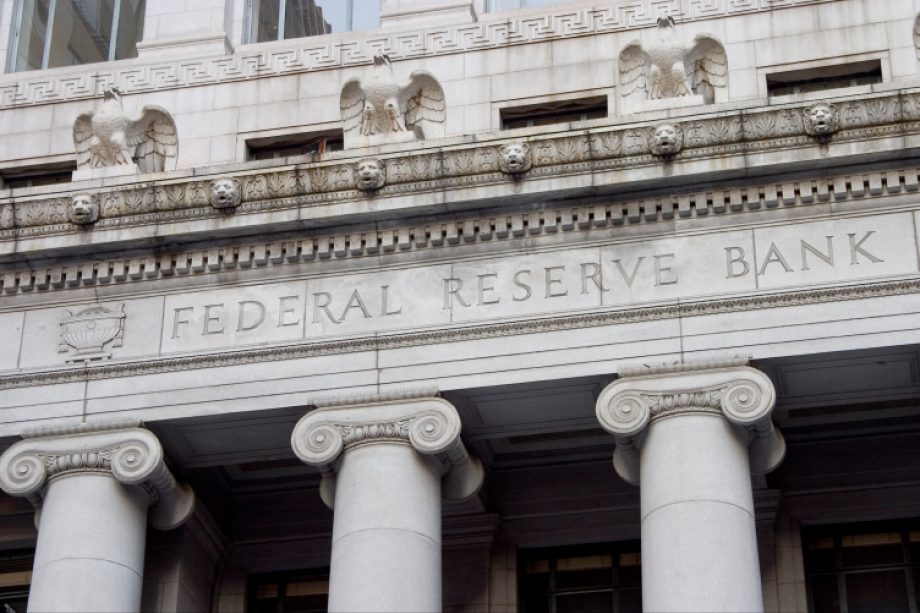Investment Strategy
1 minute read
How to diversify your portfolio: 3 investment ideas


The recent bond market rally—fueled by a cooling U.S. labor market and dovish commentary from Federal Reserve (Fed) Chair Jerome Powell—has left many of our clients wondering if they’ve missed the opportunity to move out of cash and lock in longer-term yields. The short answer: No. Rates seem to be trending lower, and this trend may be just starting.
On September 18, the Fed cut policy rates by 50 basis points (bps). Less than a week earlier, the European Central Bank lowered its policy rate by 25 bps for the second time in three months. We anticipate additional 25-basis-point cuts at each subsequent Fed meeting until the first half of 2025, when the pace should slow. In short, the U.S. rate-cutting cycle is underway. History tells us that bonds typically outperform cash during these periods.
What might this mean for investor portfolios? Certain investors may consider a move from cash into longer-dated, fixed income securities to potentially capture future price appreciation (as bond yields fall, prices rise).
In the language of fixed income professionals, we think it’s a good time to extend duration. As a reminder, duration is a measure of a bond portfolio’s sensitivity to changes in interest rates. Extending a portfolio’s duration before rates decline causes the market value of the underlying securities to appreciate as future cash flows are discounted to a lesser extent. In other words, you need duration to benefit from falling rates. Without it, you’ll receive only coupon income from your bonds, a fraction of the total return potential in fixed income.
A strategy we recommend investors to consider is a full-duration position of five to six years, which can be achieved through various investment options, such as a 1–17 year bond ladder or mutual fund. Consider holding duration in a diversified portfolio of high-quality credit or municipal bonds. We don’t expect credit spreads to widen from current levels, and the credit premium (the extra yield over a risk-free bond) contributes valuable income, potentially boosting the total return.
This is not the first time we’ve made the case for extending duration. At various times over the past two years, we have recommended considering this approach. But this still seems a possibly opportune moment.
Looking at the forward curve of expected Treasury yields, a six-month Treasury bill currently yielding 4.74% is expected to yield only 2.88% in September 2025 and 2.82% in September 2026 as the Fed cuts rates. Based on market expectations, an investor rolling six-month Treasury bills over the next 30 months would experience a return of 3.31%. Instead, we recommend locking in yield in a longer-duration security today. For example, the AAA 5-Year Muni Index yields 2.41% or 4.07% tax-equivalent yield, accounting for the tax-exempt status of muni income.

As always, thinking about fixed income means thinking about the Fed. Some investors worry that the Fed might be “behind the curve” in cutting rates. In their view, the weak jobs report suggests that the central bank should have cut rates at its mid-July meeting. We think the Fed looks comfortably on track to shift into a rate-cutting cycle beginning in September.
Briefly, here is why the Fed believes its March 2022–July 2023 rate hikes (the fastest hiking cycle in 40 years) has tamed inflation and cooled the economy enough to cut rates:
We do think the U.S. economy is cooling, but we assign just a 25% chance of recession over the next 12 months (up from a 20% probability in July). Remember: If the economic growth environment does deteriorate, bonds can help mitigate risks to your overall portfolio.
Our call to consider extending duration in advance of Fed rate cuts is particularly relevant for clients who retreated into cash during the 2022–2023 rate-hiking cycle. They have been earning a 5%-plus risk-free yield for over a year. Certainly holding cash helped protect fixed income portfolios from price depreciation during the hiking cycle.
But reinvestment risk is real—those risk-free yields won’t likely last. By remaining in cash, clients could miss what could potentially be in our view the most significant driver of fixed income returns since 2007. One sign the cycle is turning: Since July 1, the Bloomberg U.S. Aggregate Bond Index has returned 3.58% compared with a 0.54% return from a three-month Treasury bill index.2
You can find duration opportunities across investment grade credit, municipal bonds and government bonds. Think hard about locking in today’s yields—wait too long and they might be gone.
We can help you navigate a complex financial landscape. Reach out today to learn how.
Contact usLEARN MORE About Our Firm and Investment Professionals Through FINRA BrokerCheck
To learn more about J.P. Morgan’s investment business, including our accounts, products and services, as well as our relationship with you, please review our J.P. Morgan Securities LLC Form CRS and Guide to Investment Services and Brokerage Products.
JPMorgan Chase Bank, N.A. and its affiliates (collectively "JPMCB") offer investment products, which may include bank-managed accounts and custody, as part of its trust and fiduciary services. Other investment products and services, such as brokerage and advisory accounts, are offered through J.P. Morgan Securities LLC ("JPMS"), a member of FINRA and SIPC. Insurance products are made available through Chase Insurance Agency, Inc. (CIA), a licensed insurance agency, doing business as Chase Insurance Agency Services, Inc. in Florida. JPMCB, JPMS and CIA are affiliated companies under the common control of JPMorgan Chase & Co. Products not available in all states.
Please read the Legal Disclaimer for J.P. Morgan Private Bank regional affiliates and other important information in conjunction with these pages.
Bank deposit products, such as checking, savings and bank lending and related services are offered by JPMorgan Chase Bank, N.A. Member FDIC.
Not a commitment to lend. All extensions of credit are subject to credit approval.